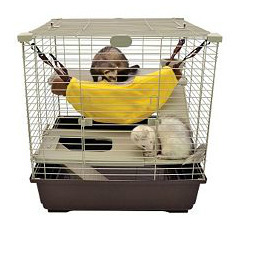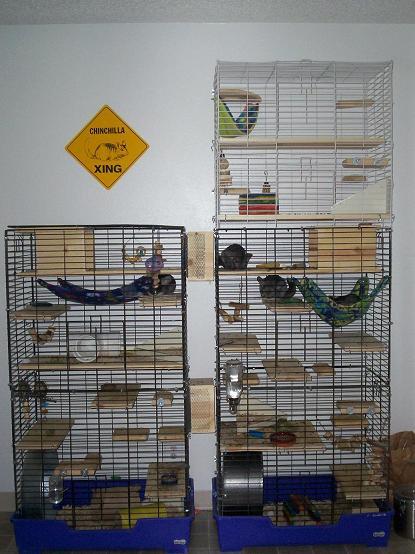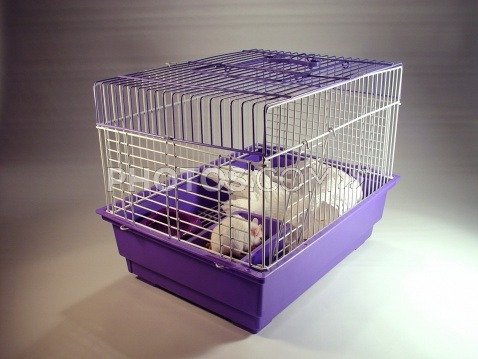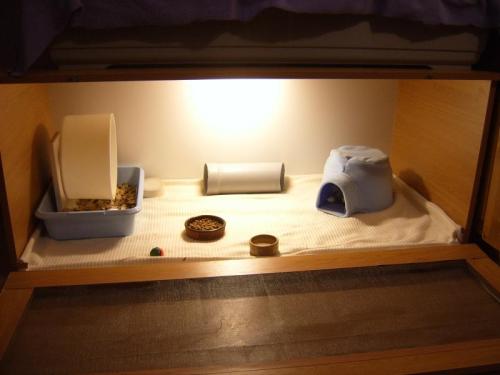arrghigiveup:scalestails:What people thank an animal should be kept in and what the animal actually
arrghigiveup:scalestails:What people thank an animal should be kept in and what the animal actually should be kept in. (click the pictures)This is a companion piece to this post, which focuses on small mammals.Once again we have companies telling people that their cages are large enough, that the animals only need a little space, or that their cages are “large”. The boxes boast about the products being spacious and large enough to house “happy” animals. This is a flat out lie. The majority of commercial cages are completely inappropriate for what they are made for. And it’s so hard to convince people otherwise because it says right on the box that it’s big enough. And you see it in the media, too. Mice in tiny cages, rats in tiny cages, etc. It’s all fed to us since we were little. And so people grow up with these preconceived notions that animals can live in cages that size. They keep them in the small cage, their friends keep them in the small cage, the animal lives and dies in the small cage. And then you congratulate yourself on a job well done and repeat the process.All animals need a certain amount of space to be happy. This is especially true for mammals, who are generally social and high energy. A mouse will run between 1-6 miles a day on their wheel. Now tell me that tiny cage is big enough to satisfy their urge to roam.If we are to keep these animals in captivity their well-being should be our first concern. If you cannot afford a cage that big, you cannot afford the animal. If you do not have space for a cage that big, you do not have space for the animal. If you cannot devote the time to letting them out every day, you do not have the time for the animal. Do NOT get the animal unless you can actually care for it. Not just give it the care the BOX tells you to give it but ACTUALLY care for them.Mammals kept in cages that are too small tend to give off signs of their cruel confinement. These unnatural behaviors are indicative of (though not soley caused by) an unsatisfactory environment.Signs and symptoms of cruelly confined ferrets:PacingAggression to you (lunging and biting)Constant and intense escape attemptsObesity“Laziness” (really depression or lethargy)Signs and symptoms of cruelly confined rats:Biting the bars of the cageCage aggressionAggression to other ratsObesity“Laziness”PacingWalking in circlesSigns and symptoms of cruelly confined chinchillas:ObesityChewing the cage bars“Laziness” (especially at night when they should be active)Pacing/repetitive behavior“Barbering” another chinchillas fur. (pulling the hair out)Signs and symptoms of cruelly confined mice:“Chasing” their tail (walking in a tight circle)Chewing the cage barsAggression to other miceBackflips in placePacingObesity“Laziness”Signs and symptoms of cruelly confined hedgehogs:Obesity (the biggest sign)“Laziness”AggressionPacingRepetitive behaviorAnd to repeat the other article I wrote about this:And to all those people who are thinking “Well I had a mouse in a cage that size and it was fine.”Stop.You have only observed your animal. You have only observed the animal in a confined space and most likely showing signs of distress or behavioral problems. But you interpreted it as normal because that is all you know. You haven’t seen mice in appropriate sized cages. You haven’t seen ferrets in appropriate cages. You haven’t seen a rat who is happy.Not only that but you are not qualified to make decisions about an animals mental health unless you yourself have researched their body language and spent time (not years, but at least enough time to be well-learned) studying it to understand it competently and be able to accurately interpret it.Because I can tell you literally every single person who has come into work and seen a mouse or hamster doing backflips starts LAUGHING HYSTERICALLY because they think the mouse/hamster is playing.That means adults, young adults, teenagers, kids, EVERYONE thought it was a happy little animal jumping for joy when in actuality it was an animal so confined that it was literally going insane.Mice need to burrow, climb, forage, run, and play. Chinchillas need to jump, run, forage, and play. Rats need a LOT of play. Ferrets need EVEN MORE. These animals are more complex than you think, and that “starter kit” you just bought at the pet store is not going to cut it. So please, if you find yourself in a situation where you already have one of these animals or plan on getting one, give these sites a good read. (note: even some of these sites do not give out proper cage size information! It just goes to show how common of a problem it is)Ferrets: X X X XRats: X X X X XChinchillas: X X X Mice: X X X XHedgehogs: X X XAlso don’t forget that many of these are social mammals; for them you will need to get at least two to keep them happy.Also true of Guinea pigs. PLEASE don’t use pet store cages for any of these animals, and for the love of god, do not get a single Guinea pig. They’re herd animals. -- source link
Tumblr Blog : scalestails.tumblr.com
#animal care#animals









